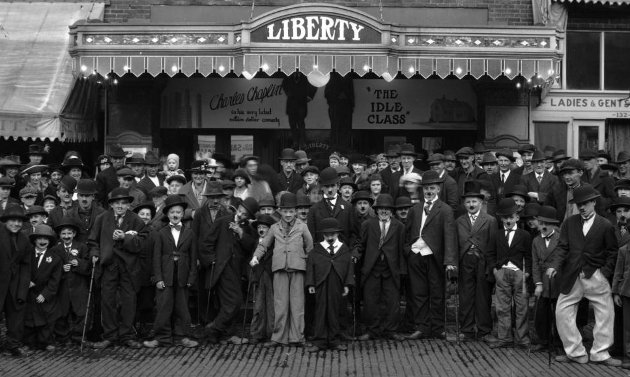It’s Friday, which means that tonight, many of us will sit down to watch a movie with our family, our friends, our significant other, or — for some cinephiles, best of all — by ourselves. If you haven’t yet lined up any home-cinematic experience in particular, consider taking a look at this playlist of 31 feature films just made available to stream by Warner Bros. You’ll know the name of that august Hollywood studio, of course, but did you know that it put out True Stories, the musical plunge into tabloid America directed by Talking Heads’ David Byrne? Or Waiting for Guffman, the first improvised movie by Christopher Guest and his troupe of crack comedic players like Eugene Levy, Fred Willard, Catherine O’Hara, and Parker Posey?
That may already strike many Open Culture readers as the makings of a fine double feature, though some may prefer to watch the early work of another kind of auteur: Michel Gondry’s The Science of Sleep, say, or Richard Linklater’s SubUrbia (a stage-play adaptation that could well be paired with Sidney Lumet’s Deathtrap).
If you’re in more of a mood for critically acclaimed historical drama, you have your pick of The Wind and the Lion, Mutiny on the Bounty, The Year of Living Dangerously, The Mission, and Michael Collins. And if you’d been meaning to get around to such nineteen-eighties literary adaptations as The Bonfire of the Vanities or The Accidental Tourist, well, your chance has finally come.
“It’s a fairly wild selection,” The Verge’s Jess Weatherbed writes of this playlist, pointing out its “dreadful flops like 2000’s Dungeons & Dragons movie, Bobcat Goldthwait’s Hot to Trot (1988), and Eddie Murphy’s The Adventures of Pluto Nash (2002).”
But if you’re just looking to have some fun, there’s no reason you couldn’t fire up the likes of Mr. Nice Guy, Jackie Chan’s first English-language picture. Should that prove too refined, Warner Bros. has also generously made available American Ninja V — a non-canonical entry in that series, we should note, starring not original American Ninja Michael Dudikoff, but direct-to-video martial-arts icon David Bradley. On Friday night, after all, any viewing goes.
Related content:
4,000+ Free Movies Online: Great Classics, Indies, Noir, Westerns, Documentaries & More
365 Free Movies Streaming on YouTube
How to Watch Hundreds of Free Movies on YouTube
Based in Seoul, Colin Marshall writes and broadcasts on cities, language, and culture. His projects include the Substack newsletter Books on Cities and the book The Stateless City: a Walk through 21st-Century Los Angeles. Follow him on the social network formerly known as Twitter at @colinmarshall.



